A few years back, I posted the “I Found a… Pipe” blogpost – an attempt to initiate a series of found object accounts; exploring the dynamics of curiosity, the chance encounters, the chains of association, the pratfalls and prat-uplifts that may accompany such discoveries.
One of the persistent themes is the idea that electronic-equivalents of sound-making processes can be found for free in the physical world – an ideal driven by poverty and its resultant anti-capitalism, and accompanying skepticism towards commercial electronic hardware flavours-of-the-months. Whereas the “pipe of 2018” had limited sound-making value, this new blogpost examines the musical scales obtainable from multi-holed hollow flints, found during pandemic walkabouts.

I’ve been traipsing around fields.
The flint-rich geology of the locale boasts rocks with hollow cavities – channels left by decayed ancient sea sponges. These hollow flints are difficult to spot, as their holes are usually clogged with mud. After some cleaning with water and bell-wire, the cavities can be cleared, creating almost ocarina-like ‘instruments’. So far, a number of different flints have been found with interlinked channels, each offering unique microtonal musical scales.

These stones, each with their own in-built set of pitches formed 500 million years ago, are good grist for the arbitrary tuning mill.
Why is arbitrary tuning important? I consider it a topic all-too-frequently dismissed. For those who enjoy the divergent aspects of differently-tuned music, or wish to escape the ubiquity of the equal tempered musical scale, it may be surprising that microtonal/xenharmonic music offers very little refuge – it is here that just intonation and “pure” harmonic mathematical dogmatism supplants one tyranny with another. I exaggerate here a bit, but it’s fair to say that random/arbitrary musical scales are generally viewed as unsophisticated in microtonal music circles.
A few years ago I tried to establish a historical basis for ‘intuitively selected tuning systems’ in my Radionics Radio project (on Sub Rosa records), but drawing upon a fringe science – no matter how artistically groundbreaking those acoustic-radionic activities were in the late 1940s – didn’t convince many (radionics involves ‘psychically’ selecting frequencies that correspond to thoughts).
Random tunings offer complete freedom, and reveal the idiosyncrasies of the instruments used, as well as the identities of soundmakers. I would go as far to politicise it: arbitrary tuning is perhaps the ultimate musical ‘decolonisation’ whilst also being a practical and philosophical ideal for microtonal music’s LGBTQ+ lineage that embraces such varied personalities as Kathleen Schlesinger, Elsie Hamilton, to Harry Partch and Wendy Carlos – a lineage rarely-discussed, but deeply rooted, I believe, in the opposition to the norms of western equal temperament (and the contra-norms of just intonation and equal divisions of the octave).

Hollow flints found in fields speak of the primacy of arbitrary tunings: random, fully individuated tunings literally set in stone.
My favourite is a handheld flint with five channels. Unlike the specially-lipped ocarina, hollow flints cannot produce pure tones when blown into, unless a sharp ‘labium tip’ is expertly chiselled into it somehow (a feature of all fipple flutes). This isn’t necessarily a problem – for instance, sound artist Akio Suzuki has been playing upon unrefined natural stones for decades, eliciting exploratory pitched noise: half-tonal, half-percussive, and sensitively done. Covering the holes on the flint while blowing does produce vague pitches, but too broad to measure precisely.

Kathleen Schlesinger, in her 1939 deep-study of ancient greek auloi (reeded wind instruments dug up from historical sites) and their possible scales remarked that “it is impossible to determine the pitch, scale, or modality of any pipe that lacks a mouthpiece which will play it”.
These rocks are not instruments, and it is indeed tricky treating them as such: even if a fipple mouthpiece (from a wind recorder, for instance) is introduced to the rock (which I did), the pitch of the notes varies due to its player’s breath pressure: the more open holes there are, the more breath pressure is required to produce a tone – and the natural reflex action is to supply more breath pressure, an action so unconscious that it almost feels as if the rock becomes an extension of the body. Try it yourself.
It is possible to connect a small lapel microphone to a loudspeaker amplifier, and place the microphone inside the flint to hear feedback. The feedback pitch is relative to the cavity, and alters according to the fingering of the cavities. I did a brief experiment with this on camera, and posted it to Facebook to advertise the episode of Wavelength on Resonance FM where I describe these experiments.
On the internet, there’s always either a miserable don’t-know-who, or a know-it-all nonsenseclown poised to blurt.
If they’re remotely connected to creative doings, it tends to spur on the mission to legitimise arbitrary scales. On this occasion, one such character (I can’t discern which) emerged from the woodwork to advertise their obliviousness to these experiments’ contexts: “eh, this is like sticking a piezo transducer in anything. Ok; weird, somewhat regulated noise. ‘Man farting in field’ has been Lucier’d to death.”

Maybe this person is rightfully irate to some extent: the volume required to obtain the pitches of the flint cavity is horrendous on the ear. To record it, one rainy afternoon I walked to the field where the flint originated, specifically to avoid remonstrations. Alvin Lucier used compressors to limit the volume of his object-based feedback. This feedback technique actually pre-dates Lucier’s work by eight decades – the feedback flute was proposed by Alfred Graham, patented in 1894 – a failed history I’ve excavated and written about in ‘Magnetic Music…‘ and ‘Failed Histories of Electronic Music‘, and recreated as a working model. Graham recognised the many variables affecting the flute’s pitch, such as battery power, the shape and construct of the loudspeaker and microphone, and their relative positions.
Nevertheless, the feedback flint, if held stable enough, is a fairly accurate approximation of the pitch intervals obtainable. By comparing the feedback-generated intervals with the intervals obtained with an attached fipple, and also with the vague windy tones created when blowing, mean averages can be obtained.

With the lowest note registering as 669Hz, the ratios are calculable as 1/1, 737/669, 775/669, 263/223, 269/223 and 828/669 (giving an ascending 167.590, 254.628, 285.622, 324.674, 369.149 in cents).
What can be done with these notes?
Well, the scale of this handheld flint encompasses less than four semitones (3.69, to be exact), which is a restrictive set of notes, but frequent exposure to the notes acclimatises the ear to soundmaking/melodic possibilities. This is something noted by the composer Susan Alexjander who derived scales from DNA bases. DNA bases’ tunings might as well be arbitrary, such is the inharmonic chaos – they seemed “so strange and alien that one at first despairs of ever creating a beautiful work of art, or making any coherent ‘sense’ out of them”, according to Alexjander. By constant exposure to the new scales “played over and over on the synthesiser, some arrestingly beautiful combinations began to appear”… so when dealing with such disorientating scales, perseverance is key! For the Silo, Dan Wilsen.
More can be heard on Wavelength, broadcast on Resonance 104.4FM on 19th June 2020. “A programme of multiple agendas presented by William English. This week: a tape sync with Oscillatorial Binnage member Daniel Wilson who, prevented from bin-diving during the Covid-19 epidemic, instead turns to “ground-diving” to dig out unusual stones from the earth. The potential for producing ‘rock music’ is showcased after a lengthy preliminary chat with William on the current state of the second-hand book trade.”






































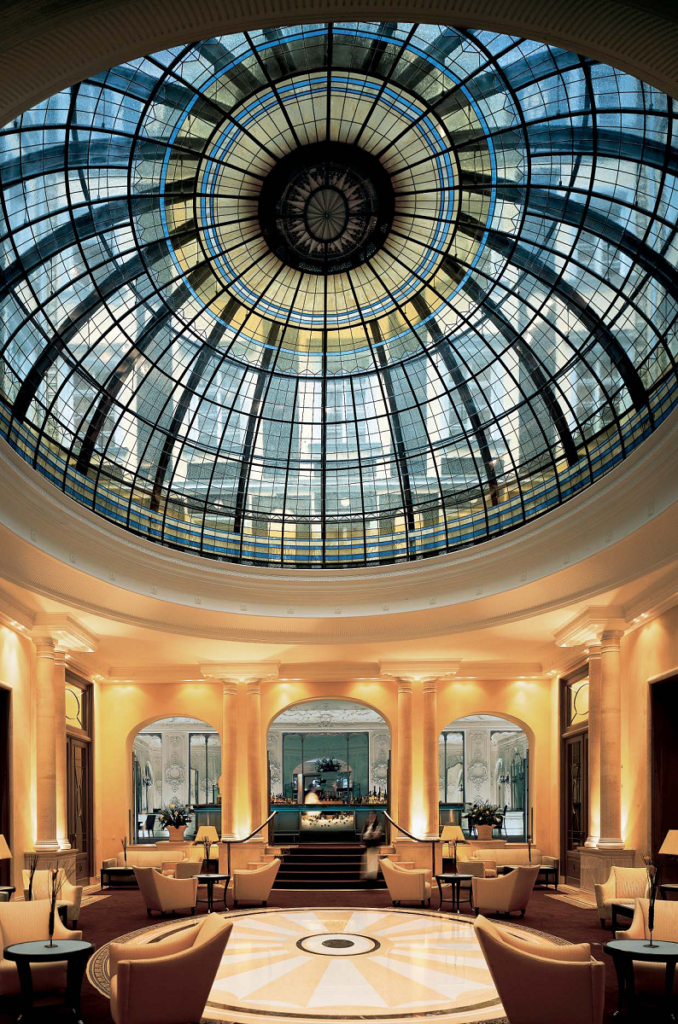
























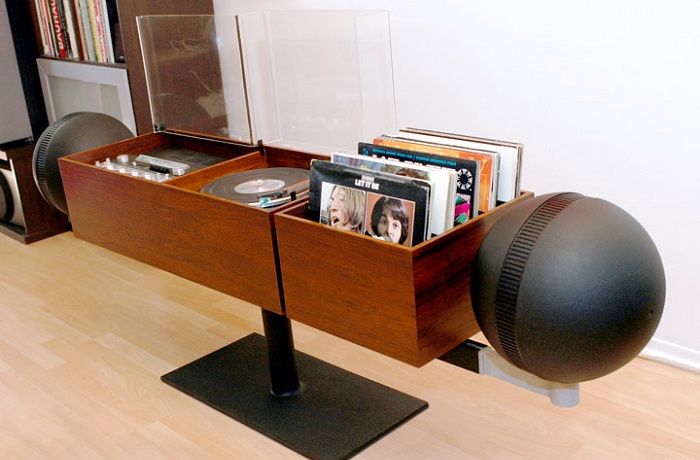

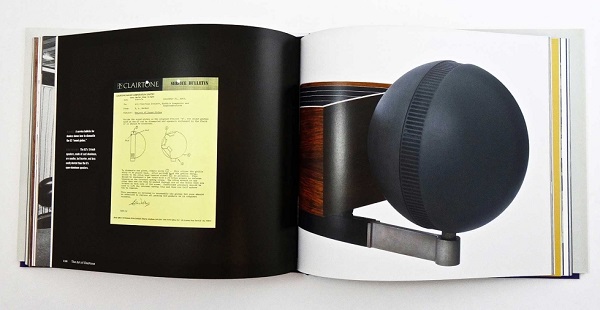


































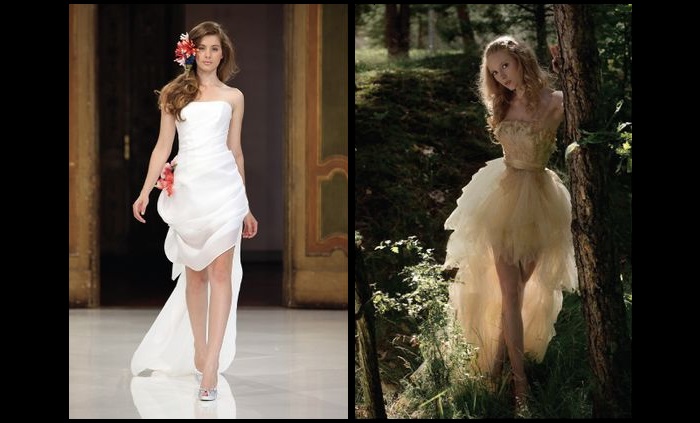
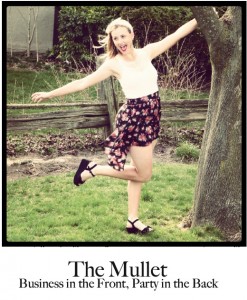







 ” which directly answers the Whitney Museum of American Art’s curatorial question,
” which directly answers the Whitney Museum of American Art’s curatorial question,

